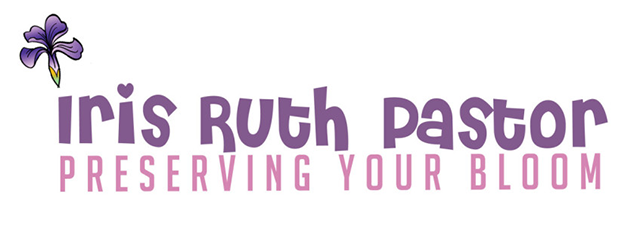I have three friends who couldn’t be more different. One is a retired teacher who spends hours each week gardening. Another is a very savvy business woman who works in commercial real estate and intermittently goes into her back yard. And the other is a younger woman who between biking, hiking and dancing, works full time in the insurance industry, but still finds a little time to enjoy her outdoor space.
All three in the course of just one week exclaimed to me over the joy they felt in watching the blooming of flowers on one of their plants on their property.
Here’s a photo from one of them:

Their delightful reaction over their new growth/blooms stayed with me for days. Why? Because I realized that on the few times I have actually not killed one of my plants – but had one actually throw off a bloom – I too was beyond thrilled.
I am not alone in having my spirits raised by cultivating and caring for plants.
We all know that natural disasters take a toll on mental health. An elementary school in Flagstaff, Arizona was destroyed by a devastating flood that swept through its neighborhood. Shortly thereafter, a pilot program was introduced to the displaced students – featuring how tapping into the power of plants can both promote resiliency and reduce stress.
Melissa Sevigny, radio station KNAU, reported on this story and it was featured on NPR. She says that horticultural therapy has been around since World War II, when it was used to care for war veterans… She goes on to say that for children, it’s a chance to build self-confidence, learn responsibility and improve their ability to understand the feelings of themselves and others. The kids who had attended that torn-up school got to take plants home and care for them.
Registered horticulturalist Pam Catlin says there is an actual word called biophilia and that it is all about the innate connection between people and plants that actually raises everyone’s spirits. Caitlin emphasizes that it’s widely known that humans have a deeply ingrained love of life and love of living things, which is imprinted in our DNA. When we tap into that source, we create a safe space for ourselves. And, in addition, by learning how to care for plants, both children (and adults) learn how to care for themselves.
On the flip side, plants actually care for us and others in the animal and plant kingdom too – besides from giving us exquisite, visual pleasure.
Frieda Wishinsky has written a newly released children’s book, A Flower is a Friend, that supports the point that not only do we get something back from caring for plants, but a plant actually cares for those around it.

Beautiful illustrations throughout the book, coupled with short paragraphs toward the end of the book, talk about how and why flowers and creatures are friends and depend on each other to survive. The gist of it is that insects and animals drink the sweet nectar found in flowers and then spread the plant’s pollen, which helps the plant make seeds.
Thinking about buying a few plants? Know a few kids or adults who could benefit from a plant’s presence? It’s well worth the investment. Nothing is more soul-satisfying than watching a plant bloom – unless of course, you are blooming right alongside of it! That is both soul-satisfying and miraculous too.
Keep Preserving Your Bloom,
Iris Ruth Pastor
PS: I met Freida Wishinsky just once when I brought my 3-year-old grandson to a neighborhood book store in DUMBO, in Brooklyn, where she was reading and talking about her book How Emily Saved the Bridge: The Story of Emily Warren Roebling and the Building of the Brooklyn Bridge.
I never forgot the book nor Freida. And we have been keeping in touch ever since that day. I highly recommend both books.
